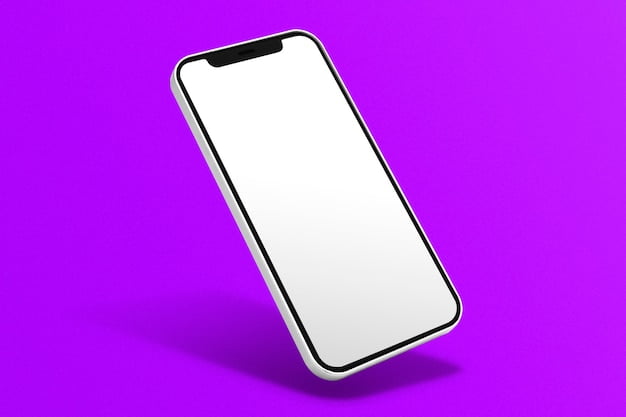
BSNL and Micromax have launched the new Bharat-1 4G feature phone in a clear challenge to Reliance Jio and its Jio Phone. The new handset will go on sale on Friday, and costs Rs. 2,200. The biggest highlight of the phone is the unlimited data and calling plan that BSNL is providing for the phone, at Rs. 97 for 28 days. Micromax says the effective ownership cost of its new phone will be lower than that of the Jio Phone, and has bundled services such as live TV and video and music streaming to match the Jio apps such as JioCinema and JioMusic. We compare the Micromax Bharat-1 with Jio Phone to help you figure out which one is a better buy for you.
Jio Phone vs BSNL Micromax Bharat-1 specifications
The BSNL Micromax Bharat-1 has a 2.4-inch screen, a Snapdragon chipset, 512MB RAM, 4GB built-in storage, and provision to expand storage by up to 32GB via microSD cards. It sports a 2-megapixel camera on the back, and a VGA one in front. For connectivity, you get Wi-Fi, GPS, Bluetooth, and microUSB connector. The BSNL phone comes with support for 22 local languages as well.
Jio Phone isn’t too different at first look – it has a 2.4-inch display, custom KAI OS-based software, a 1.2GHz dual-core Spreadtrum processor and 512MB RAM. There’s 4GB of internal storage, with support for microSD cards up to 128GB, 2000mAh battery, Wi-Fi, GPS, Bluetooth, microUSB, and support for 22 Indian languages. As for the optics, you get a primary camera with 2-megapixel sensor in front and a VGA selfie camera.
Based on this, both have the same display size, RAM, and storage, and also cameras and connectivity. Both companies also offer services such live TV, video and music streaming with their respective handsets.
However, there are a few areas where the Jio Phone has an edge over its new rival. For example, it comes with the HelloJio voice assistant, an app store, and NFC chip for digital payments, though support for the last one is supposed to be added soon. It can also connect to a TV with a proprietary cable that will allow you to relay videos played on the phone onto a television – both modern LCD/ LED TVs, and old-school CRT TVs.
On the other hand, the Micromax Bharat-1 has dual-SIM support, which may find many takers. Moreover, it supports Wi-Fi hotspot functionality, allowing multiple devices to connect to the same network. Also, unlike its Jio counterpart, the Micromax phone is not network-locked, so buyers can pick any SIM card they want to use with the handset, not just BSNL’s.
Jio Phone vs BSNL Micromax Bharat-1 price
The biggest highlight of the Jio Phone to any consumer would be that its ‘effective price’ is zero. However, users still need to pay Rs. 1,500 as a security deposit when picking up the phone (Rs. 500 while booking the handset and Rs. 1,000 at the time of delivery). This security deposit will be refunded after three years from the date of purchase, but there are lots of details you must remember in order to be eligible for the refund. For example, if you buy the phone but don’t use it, Jio can take it back from you, forfeit the refund and charge you the applicable taxes. Similarly, if you return the phone after one year of use, you will get back less than Rs. 500 as refund. On the other hand, the Bharat-1 has an upfront cost of Rs. 2,200, which seems rather high considering its rival’s ‘effective price’.
If you buy the Bharat-1 and use a BSNL SIM card, you will have to buy a recharge of Rs. 97 that provides users with 5GB of high-speed data with validity of 28 days, along with unlimited free local and STD calls (including outgoing calls on roaming). If you consume the 5GB data before the validity is over, the Internet speed will be lowered to 80kbps, but the Internet access will remain free.
As for the Jio Phone, you must buy a recharge of Rs. 153 with 28-day validity. This plan provides 500MB of 4G data per day, after which the speed is curtailed to 128kbps; this amounts to 14GB of high speed data over the validity period.
Now, Jio requires buyers of its feature phone to purchase recharges of at least Rs. 1,500 per year to be eligible for the refund. This brings the ownership cost of the handset over the three-year period to Rs. 4,008, if you stick with the Rs. 153 plan every month. If you want to watch the phone’s content on your TV, you will have to subscribe to the Rs. 309 plan, which comes with 1GB data per day. In this case, the ownership cost becomes Rs. 9,624.
In the case of the Micromax Bharat-1, you can buy the Rs. 97 recharge from BSNL, or any other plan you want to from other operators, such as Airtel, Vodafone, Idea or even Jio. But remember, the plans could be considerably more expensive in that case. For the purposes of this comparison, we will take the BSNL plan. In that case, over the three year period you will pay Rs. 5,692 as the cost of the handset and the recharge packs.
The Jio Phone has some unique features that make it more attractive to buyers, but it also demands a three-year commitment if you want to claim the refund. On the other hand, Bharat-1 has most of the features that its rival touts (and some that the Jio Phone doesn’t have), without any commitment to stick to a network or a plan. Tell us via the comments below which phone seems more attractive to you.
[“source=gadgets.ndtv”]




